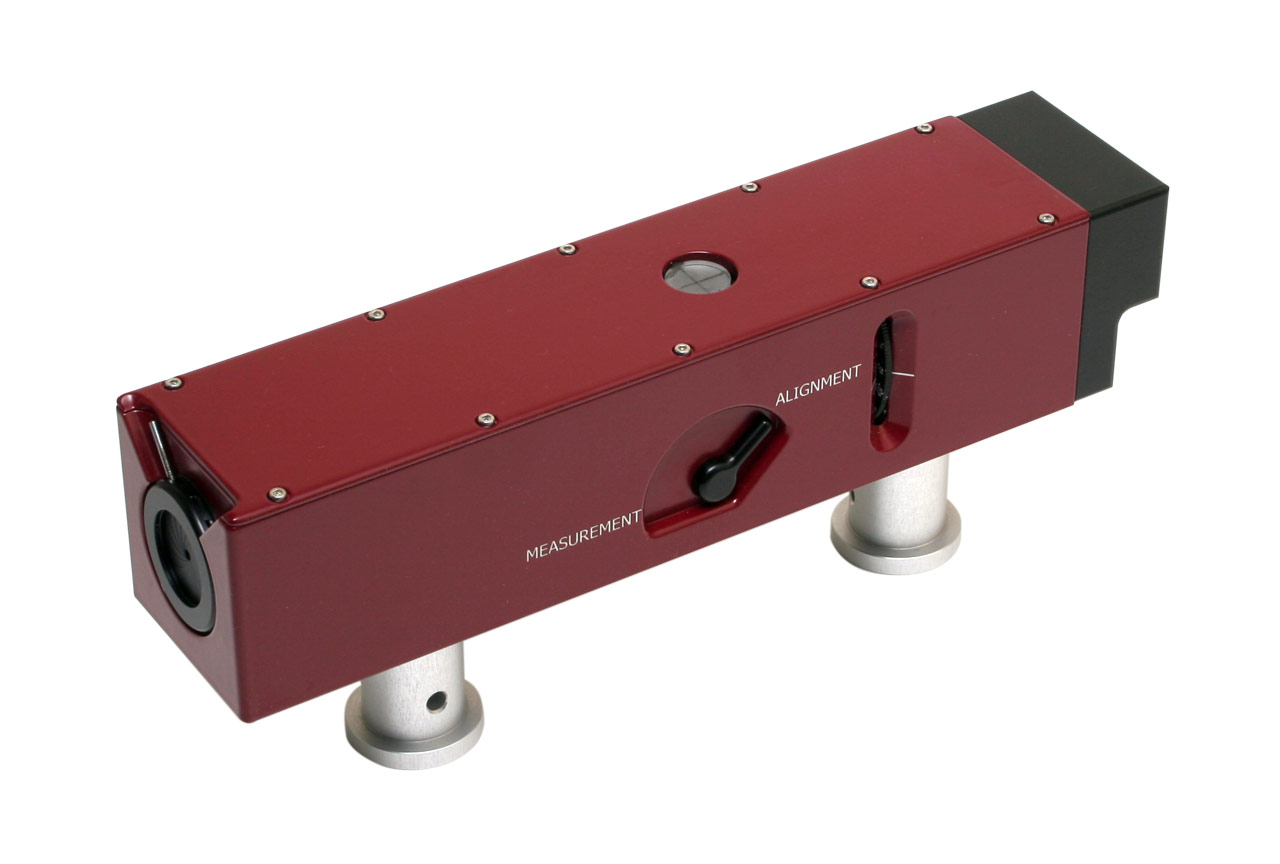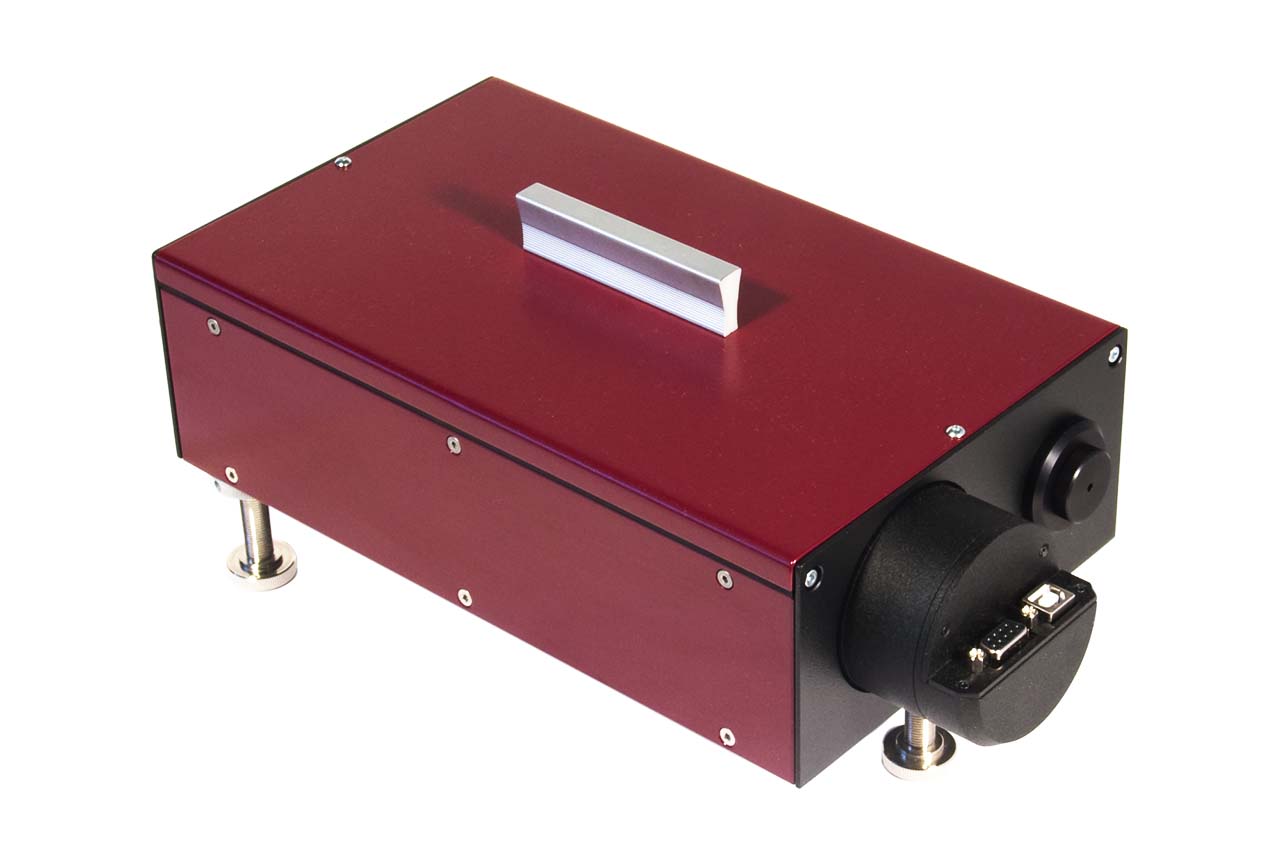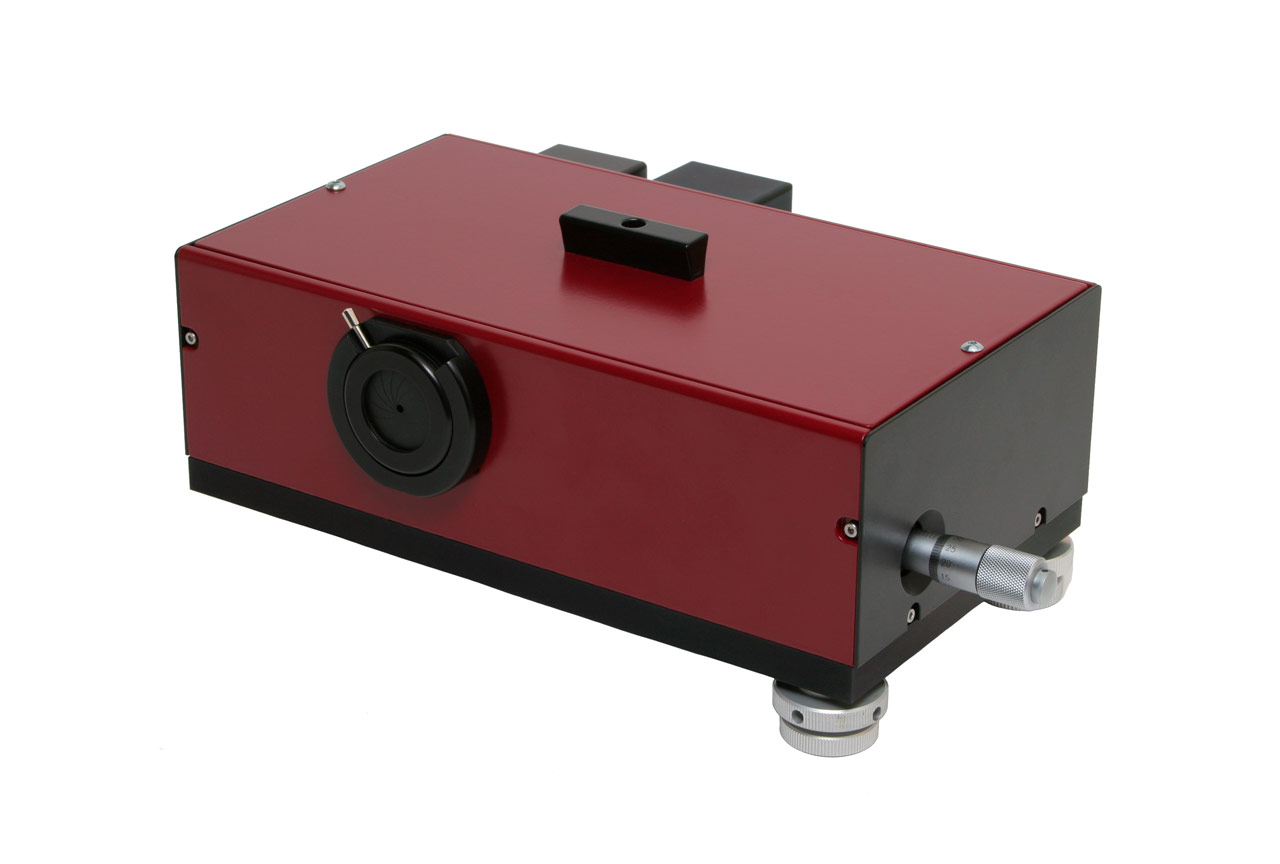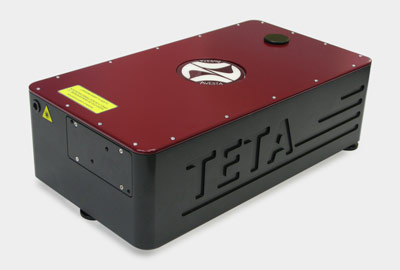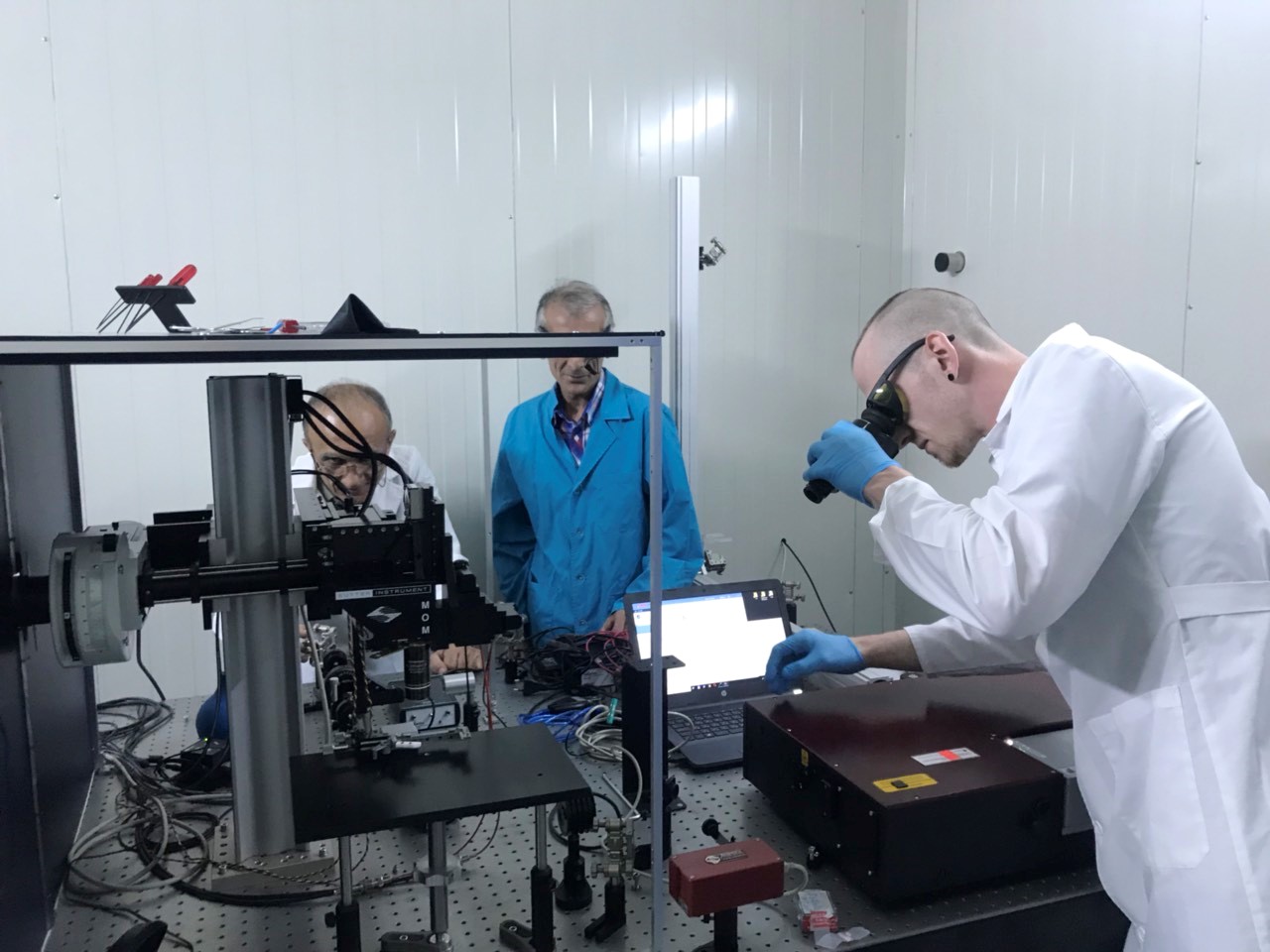ASF. Single-Shot Autocorrelator for Femtosecond and Picosecond Pulses
| ASF-5 | ASF-15 | ASF-30 | ASF-50 | ASF-200 | |
| Possible wavelength range* | 400-2200 nm | 450-2200 nm | 700-2100 nm | 450-2200 nm | 450-2200 nm |
| Input pulse duration range | 5-200 fs | 15-200 fs | 30 fs - 1 ps | 50 fs - 2 ps | 200 fs - 10** ps |
| Required pulse energy | single-shot mode: from 1 uJ at <200 fs; up to 100 uJ at 10 ps; multiple-shot mode: from 1.2 nJ at <100 fs, 80-100 MHz (~100 mW average power) |
||||
| Input pulse repetition rate | single-shot...150 MHz; single-shot mode (registration of single pulses): from single-shot to 50 kHz; multiple-shot mode (averaging of 2 or more pulses): >50 kHz |
||||
| Input polarization | linear, horizontal (vertical upon request) | ||||
| Data interface | USB with Windows PC acquisition and analysis software (included in the standard package) | ||||
| Dimensions (LxWxH) | 248x54x54 mm | 156x120x70 mm | 105x120x70 mm | 215x120x70 mm | 430x240x80 mm |
| Input beam height range (customized on request) | 47/67/87/107 mm (fixed, select one value) | 56-180 mm (select at order) |
29...180 mm (select at order) |
64-180 mm (select at order) |
64-180 mm (select at order) |
| * - exact wavelength range is quoted based on each customer's requirements; ** - up to 20 ps on request; combined ranges from 100 fs may also be possible upon request for some cases. |
|||||
The ASF single-shot autocorrelator is designed for monitoring the pulse duration of ultrafast oscillators and amplifiers, as well as for real-time amplifier systems tuning. The CCD camera registers the transverse section of the non-collinear generation of the second harmonic of the input radiation (the SH is generated in a non-linear crystal). PC USB interface and Windows acquisition software provide for smooth and easy data transition and registration, while additional LabView-compatible drivers offer extended flexibility and on-line control in complex multi-stage experimental setups.
There are five basic models of the ASF family covering a broad possible operating wavelength range.
The ASF-5 system allows measurements of few-cycle pulses with pulse duration as short as 5 fs. The system is based on non-dispersive beam splitting technique providing best accuracy for few-cycle pulse measurement.
The ASF-15 and ASF-30 systems are compact units for routine characterization of low-repetition-rate ultrafast amplifier output as well as seed oscillator output in the range of 15 fs to 200 fs.
The ASF-50 and the ASF-200 units offer extended longer pulse duration measurement limit for ultrashort-pulse amplifier development and tuning. The ASF-200 unit is also used for precise control of pulse duration at the output of commercial laser systems with a tunable compressor unit.
Please feel free to enquire about custom pulse durations and wavelength ranges.
- Ultrafast Laser Diagnostics, Accessories and Components
- Femtosecond Oscillator Pulse Duration Measurement
- Femtosecond Pulse Duration Measurement and Dispersion Characterization
- Comparison of Dispersion Values, Determining Dispersion of Various Optical Elements
- Femtosecond and Picosecond Pulse Duration and Near Contrast Measurement
- Femtosecond and Picosecond OPA Pulse Duration and Near Contrast Measurement
- Single-Shot Femtosecond Pulse Duration Measurement
- Amplifier Design
- Automation of Complex Experimental Setups
Related products
Latest News
Ti:S oscillator with up to 3 W output power at 100 fs
We have ramped up the maximum available output power for the TiF-100 series to more than 3 Watts at 800 nm, 100 fs, 80 MHz. The tuning range has also been extended to 720-950 nm, while an optional modification that covers 850-1040 nm is also available. The system features a high-power low-noise integrated DPSS laser […]
TiF-100ST-F6 femtosecond Ti:S oscillator with Frep locking for multiphoton microscopy at CANDLE, Armenia
The TiF-100ST-F6 femtosecond Ti:S oscillator with a built-in pump laser, also equipped with the ALock PLL electronics unit for pulse repetition rate locking to an external RF source has been installed at the Synchrotron Research Institute’s CANDLE facility in Armenia. The setup has been developed and commercialized during the joint Russia-Armenia project supported by FASIE (Innovation […]



